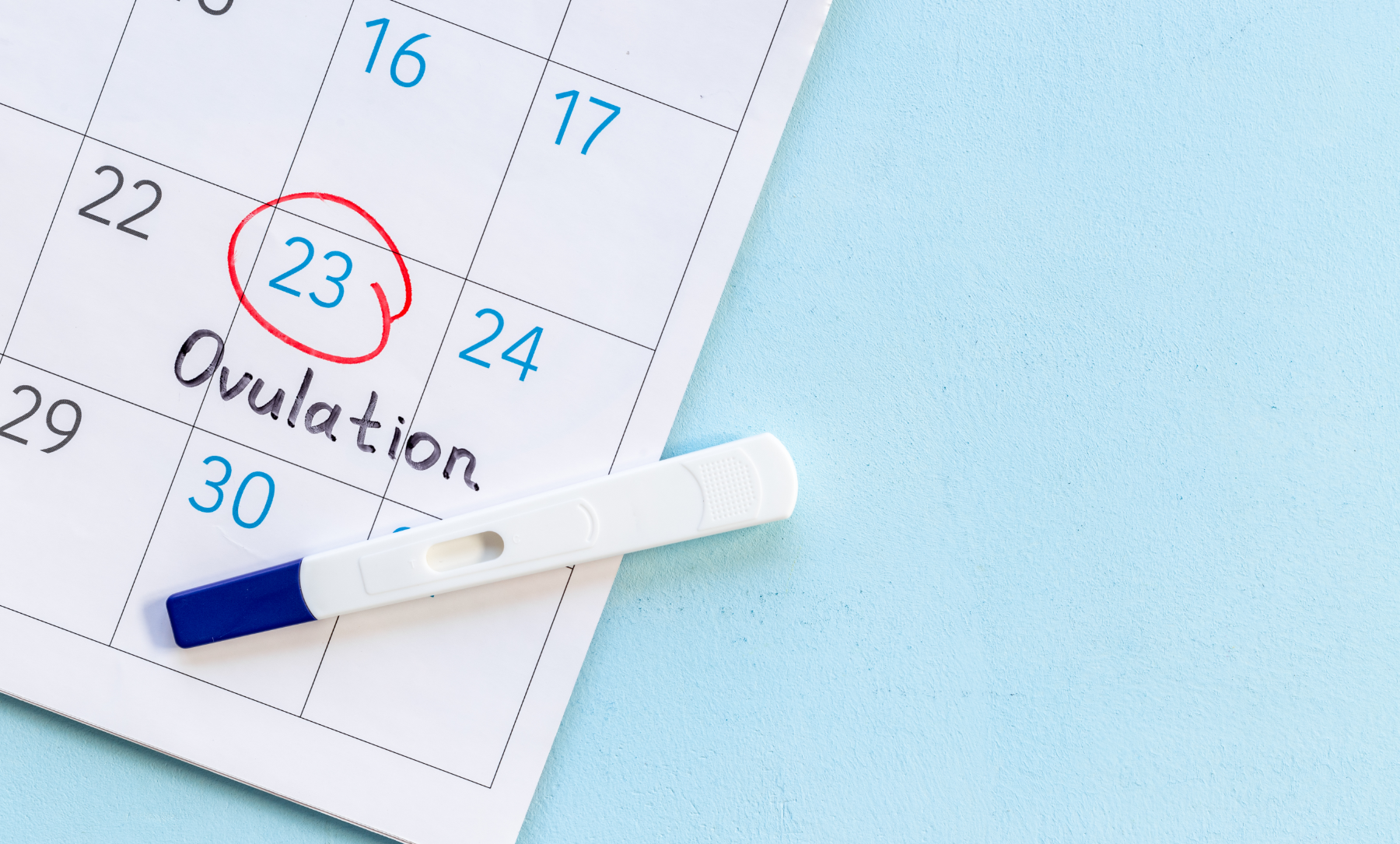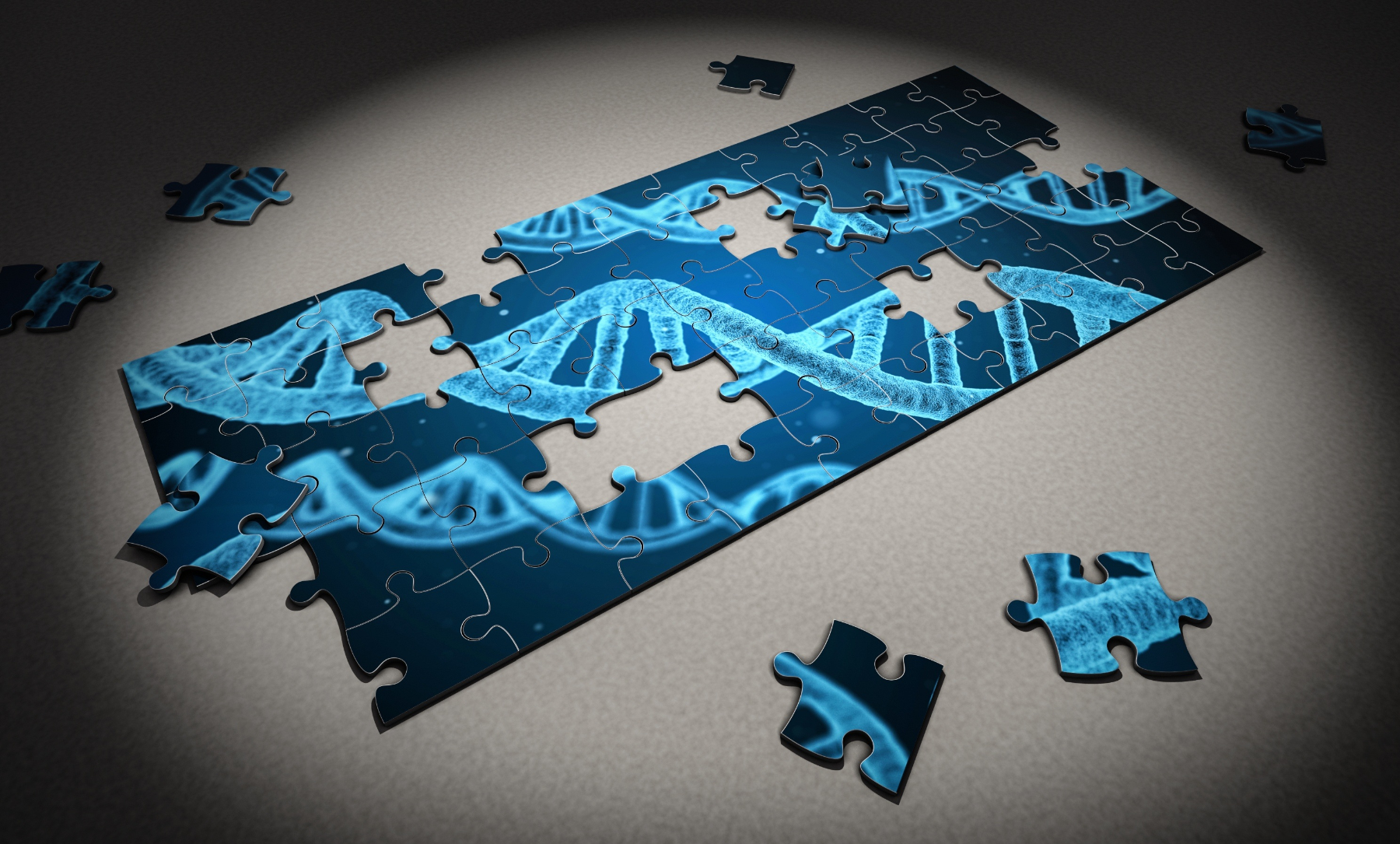Ovulation Explained

Ovulation is a key event in the menstrual cycle of women, marking the release of a mature egg (ovum) from the ovary. It is a crucial phase in the reproductive process and typically occurs around the middle of the menstrual cycle.
Breakdown of the Ovulation Process:
Menstrual Cycle:
The menstrual cycle is the monthly hormonal cycle that women go through in preparation for a potential pregnancy. The cycle starts on the first day of menstruation and usually lasts about 28 days, though it can vary.
Follicular Phase:
The first half of the menstrual cycle is known as the follicular phase. During this time, the pituitary gland in the brain releases follicle-stimulating hormone (FSH). FSH stimulates the development of several ovarian follicles, each containing an immature egg.
Ovulation:
Midway through the menstrual cycle, typically around day 14 in a 28-day cycle (but it can vary), a surge in luteinising hormone (LH) is triggered. This surge in LH causes the most mature follicle to release its egg from the ovary. This event is known as ovulation.
Luteal Phase:
Following ovulation, the ruptured follicle transforms into a structure called the corpus luteum, which produces progesterone. The rise in progesterone prepares the uterine lining for a potential pregnancy by making it more receptive to a fertilised egg.
If Fertilisation Occurs:
If a sperm fertilises the released egg, the fertilised egg (now called a zygote) travels down the fallopian tube and into the uterus for implantation. If implantation occurs, pregnancy begins.
If No Fertilisation Occurs:
If the egg is not fertilised, the corpus luteum breaks down, leading to a decrease in progesterone levels. This drop in hormone levels triggers the shedding of the uterine lining, resulting in menstruation, and the start of a new menstrual cycle.
Understanding the timing of ovulation
This is crucial for couples trying to conceive, as it represents the most fertile window in a woman's menstrual cycle. Various methods, such as tracking basal body temperature, monitoring cervical mucus changes, and using ovulation predictor kits, can help women identify their fertile days and optimise the chances of conception.
Symptoms Associated with Ovulation include:
- Change in vaginal secretions (cervical mucus). Just before ovulation, you might notice an increase in clear, wet and stretchy vaginal secretions. Just after ovulation, cervical mucus decreases and becomes thicker, cloudy and less noticeable.
- Change in basal body temperature. Your body's temperature at rest (basal body temperature) increases slightly during ovulation. Using a thermometer specifically designed to measure basal body temperature, take your temperature every morning before you get out of bed. Record the results and look for a pattern to emerge. You'll be most fertile during the 2 to 3 days before your temperature rises.
- Ovulation pain. You may feel a slight twinge of pain or mild cramps in your lower abdomen (this is called mittelschmerz).
- A libido boost. Your sex drive may increase two to three days prior to ovulation.
- Vulva changes.
- Breast tenderness.
- Bloating and fluid retention.
- Mood changes.
- Appetite changes.
- Heightened sense of smell.
What is anovulation?
Anovulation occurs when an egg does not release, or ovulate, from a woman's ovaries. Chronic anovulation is a common cause of infertility. According to the National Institutes of Health, these conditions account for almost 30 percent of female infertility.




Comments